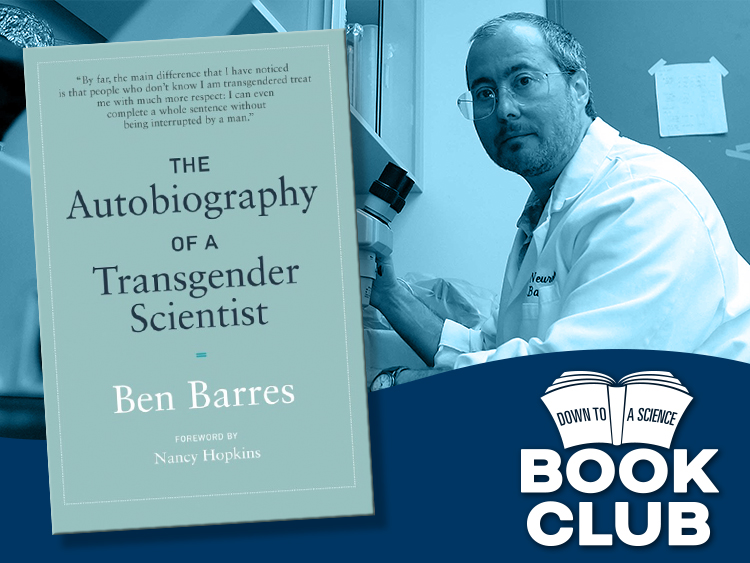In the garden in front of the Connecticut Science Center, changes are happening – there are new plants being planted, beautiful benches being installed, new sculptures to explore. Welcome to the newly rededicated Nassau Science Plaza! Even with so many changes, there are still more to come, including new educational signage and public programs that encourage people to explore and learn about this amazing rooftop garden. To celebrate these changes and all of our Green Team’s hard work in making them possible, I’m challenging everyone to get out there and see how many critters and plants you can find!
Approximately 85% of the plants found in the Nassau Science Plaza are native to Connecticut. Native plants are incredibly important to ecosystems because they have evolved over a long period of time with native wildlife – these evolved relationships mean that the animals are able to feed off of the plants and the plants are able to be pollinated or dispersed by the animals. The Connecticut Science Center Green Team encourages more of our native Hartford wildlife to visit the Nassau Science Plaza by planting native plants that provide an oasis of shelter, food, and safety in an area where most native plants have been paved over for streets and buildings. These native plants on the rooftop gardens support biological diversity, or biodiversity, which refers to the variety of all of the living things in an area.
We can explore the biodiversity of the rooftop gardens by going out and making observations of the plants and animals we find. While exploring, try out iNaturalist, an app that catalogs observations and suggests identifications based off of an image search tool and community suggestions. Seek by iNaturalist is a similar tool, but better suited for younger children. Simply open the app and point the phone or tablet camera at a plant or animal and watch as the identification appears in real time. Seek provides almost instant gratification identification by searching the iNaturalist database for similar looking plants or animals. With these two tools, I’ll be out adding observations to our rooftop garden project page – feel free to add some observations of your own!

(Image of Blue Mud-dauber Wasp by Jessie Scott)
iNaturalist also allows people to contribute to community science – if an observation photo is very clear, and the community agrees on an identification of your observation, then that observation is marked as “research grade” and scientists may use information from your photo to track a specific species or area of interest! These apps provide an excellent way to start exploring the world around you and engaging in community science with fellow naturalists.
I want to encourage everyone to get outside and explore. You’ll be amazed at what you can find right in your own backyard! Join me in exploring the plaza and feel free to add your observations to our iNaturalist project. We can’t wait to see what you find!

Jessie Scott is a STEM Educator who enjoys encouraging students’ enthusiasm for science. She teaches classes to students visiting the Science Center and brings STEM lessons to schools across Connecticut. Jessie completed her Master of Science degree in Microbiology at Dartmouth College and worked as a science educator at the Montshire Museum of Science before coming to the Connecticut Science Center. Her scientific interests are: biology – how living things have adapted different strategies to survive in their environments, insects, and plants. In her free time, Jessie likes to go rock climbing, hiking, and skiing.



